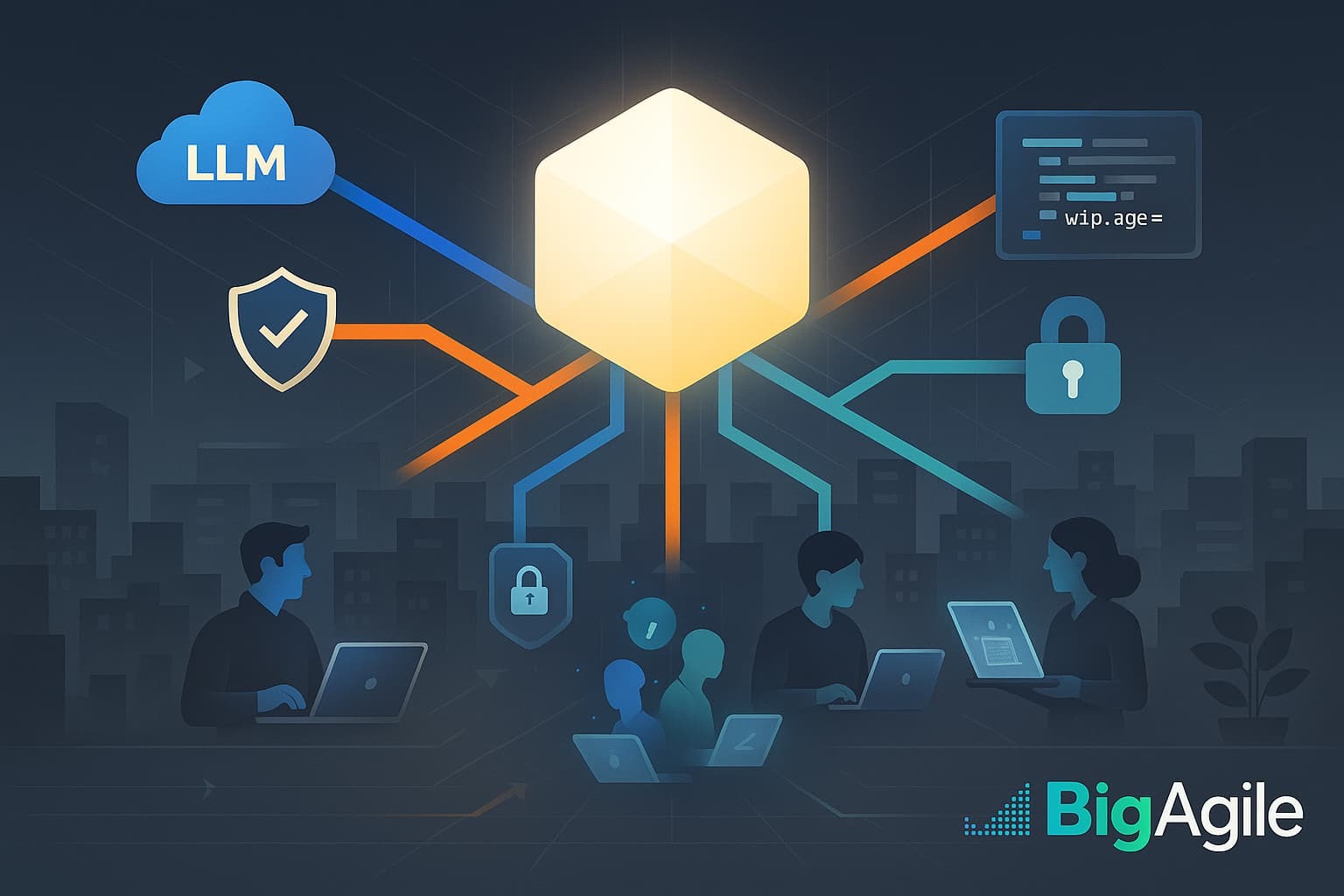
Did You Know?
Agentic AI, the next evolutionary leap beyond chatbots and single-skill “agents,” is compelling platform teams to face an old architectural dilemma in a fresh context. In a recent interview, Dataiku CEO Florian Douetteau argued that an orchestration layer for agentic AI “must remain independent of any single model provider or proprietary stack.” This layer’s role is to broker context, memory, governance, safety rules, and tool access among a swarm of specialized agents, enabling them to pursue business goals autonomously.
Seasoned software engineers may feel déjà vu (remember these?):
| Architectural Epoch | Primary Design Tension | Canonical Abstraction |
|---|---|---|
| Client-Server 1990s | Tightly-coupled UI & DB | JDBC, ODBC, three-tier apps |
| SOA / ESB 2000s | Service sprawl vs. governance | Enterprise Service Bus |
| Cloud-Native 2010s | Micro-service mesh vs. resilience | Side-car + Service Mesh |
| Agentic AI 2020s | LLM/Tool heterogeneity vs. control | Independent Orchestration Layer |
So What?
Douetteau’s perspective mirrors a key Lean + Flow principle (from Reinertsen) for business-transformation leaders: "decouple variability at its source".
- If the orchestration tier is built into a single LLM vendor, every new capability, safety rule, or ROI metric waits on that vendor’s release schedule, obstructing flow. Most of you are already familiar with that problem.
- An independent control plane (Kandasamy, 2025).
- Swap or combine models (commercial, open, on-prem) without complete rewrites.
- Incorporate governance and cost signals (risk, carbon, latency) directly into routing logic, supporting Porter’s focus/differentiation strategies rather than just cost-per-token competitions.
- Apply ADKAR change levers—especially Knowledge & Ability—incrementally across product squads instead of through a single “big-bang” re-platforming effort.
Recall how early ESBs became “spaghetti hubs”? If we neglect Conway’s Law, agentic AI will face a similar outcome. Architecture is organizational design.
Now What?
- Map the Current Flow of “AI Work”: Trace how prompts, tools, data products, and human approvals move today. Identify invisible queues (waiting for API keys, compliance sign-offs).
- Carve Out the Control Plane: Start with a thin slice (single value stream). Expose orchestration via one tool API; maintain routing & memory logic behind the interface.
- Implement Economic Queues: Integrate real cost-of-delay (Reinertsen) and safety-risk scores into agent scheduling to ensure prioritization isn’t solely FIFO or “cool-first.”
- Instrument for Reinforcement: Connect usage, outcome, and governance metrics to squads in near-real-time dashboards.
- Invest in Developer Self-Service: Provide templates and guardrails so squads can extend the orchestration layer without ticket queues, reflecting modern “platform engineering” practices.
Catalyst Leadership Questions
Think of the Catalyst Leadership Questions as lightweight “go-and-see” prompts that help leaders surface hidden constraints before they metastasize into costly rework. Here’s a simple playbook.
| Question | Probing Prompt |
|---|---|
| How many implicit architectural decisions are hidden inside our LLM vendor? | “If that API vanished tomorrow, how long will it be before we ship the value again?” |
| Where are our biggest “agentic” queues? | “Which approvals or hand-offs delay an agent from acting today?” |
| What risk metrics (bias, privacy, carbon) should the control-plane optimize, not just monitor? | “Which trade-offs will matter most to our board next year—are they codified yet?” |
| Which teams own the orchestration layer’s code—and its business outcomes? | “Do we reward the platform squad for reducing time-to-first-agent?” |
| How will we keep org-design aligned with an independent orchestration layer? | “When the org chart changes, does the architecture refactor, or vice-versa?” |
Architectural abstraction isn’t new; it’s the survival pattern of every tech wave. Today’s agentic-AI platforms merely replay the same movie at 10× the speed. Keep the orchestration layer vendor-independent, wrap it around your Lean-Flow economic model, and you’ll ride the agent tsunami rather than paddle behind it.
Remember: even the best AI needs a reliable traffic cop; ensure the cop doesn’t secretly work for only one company.